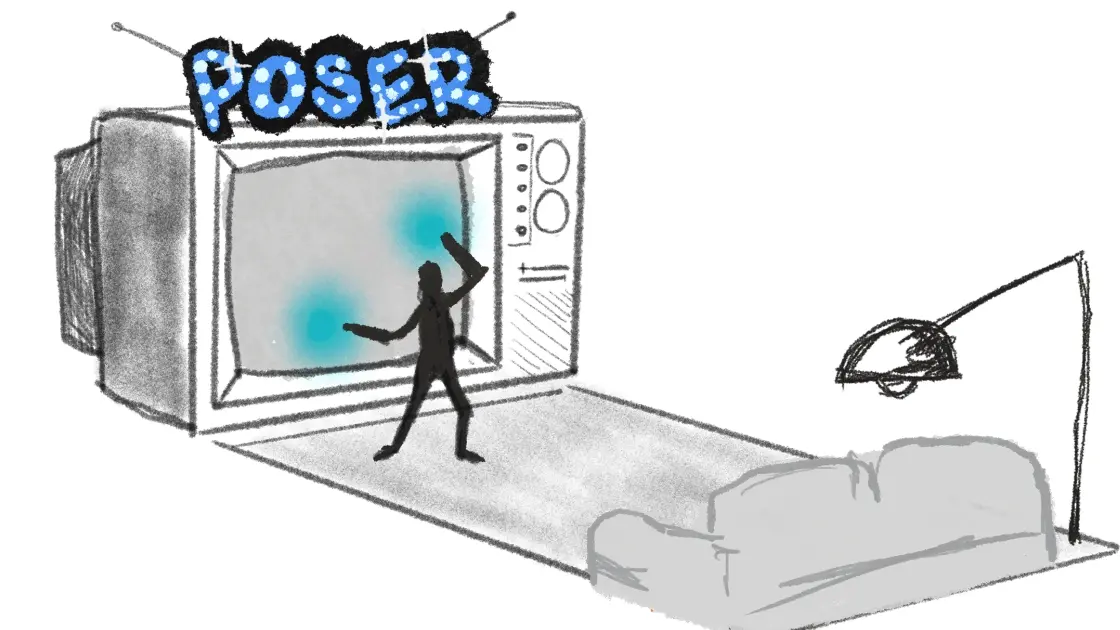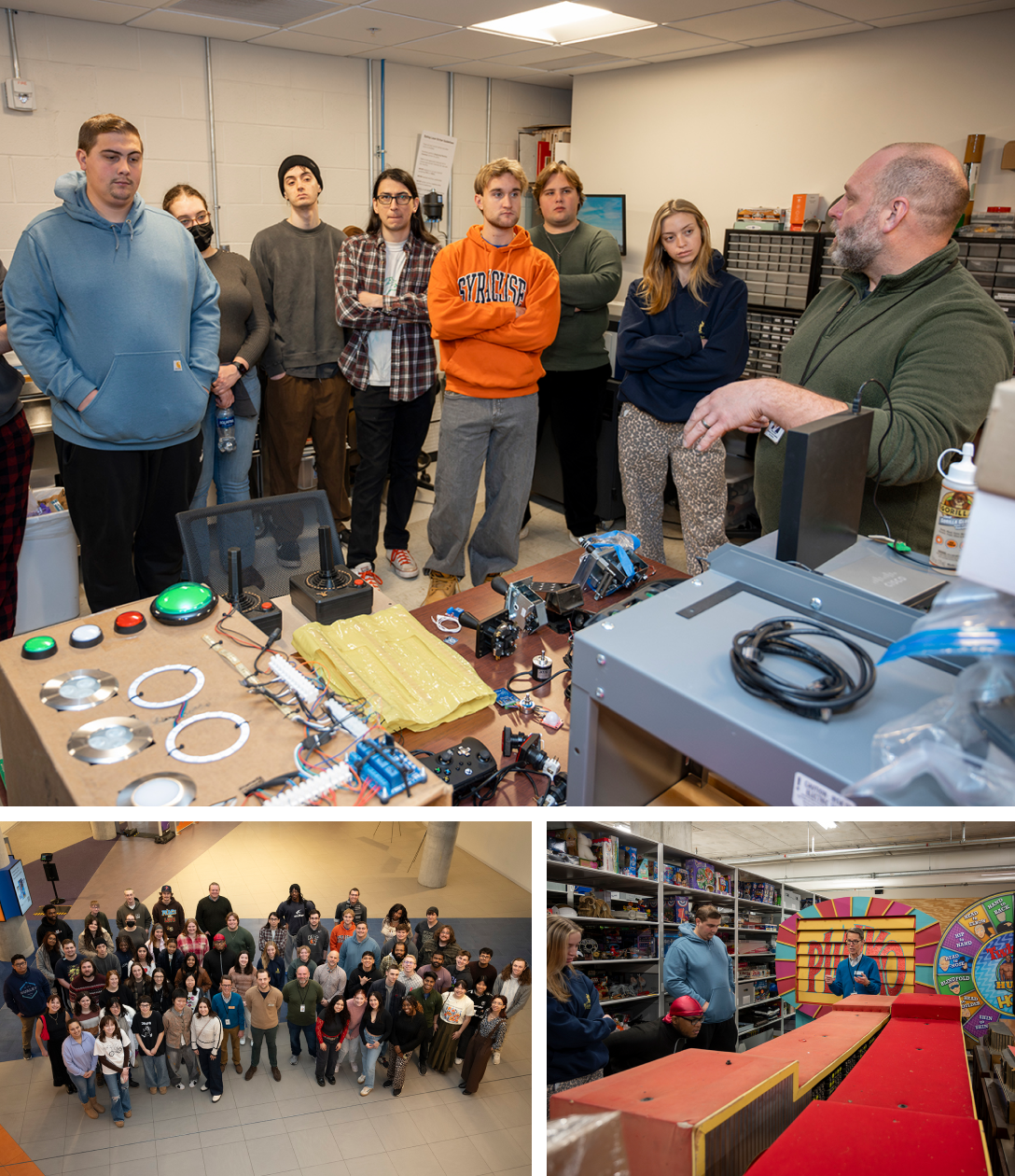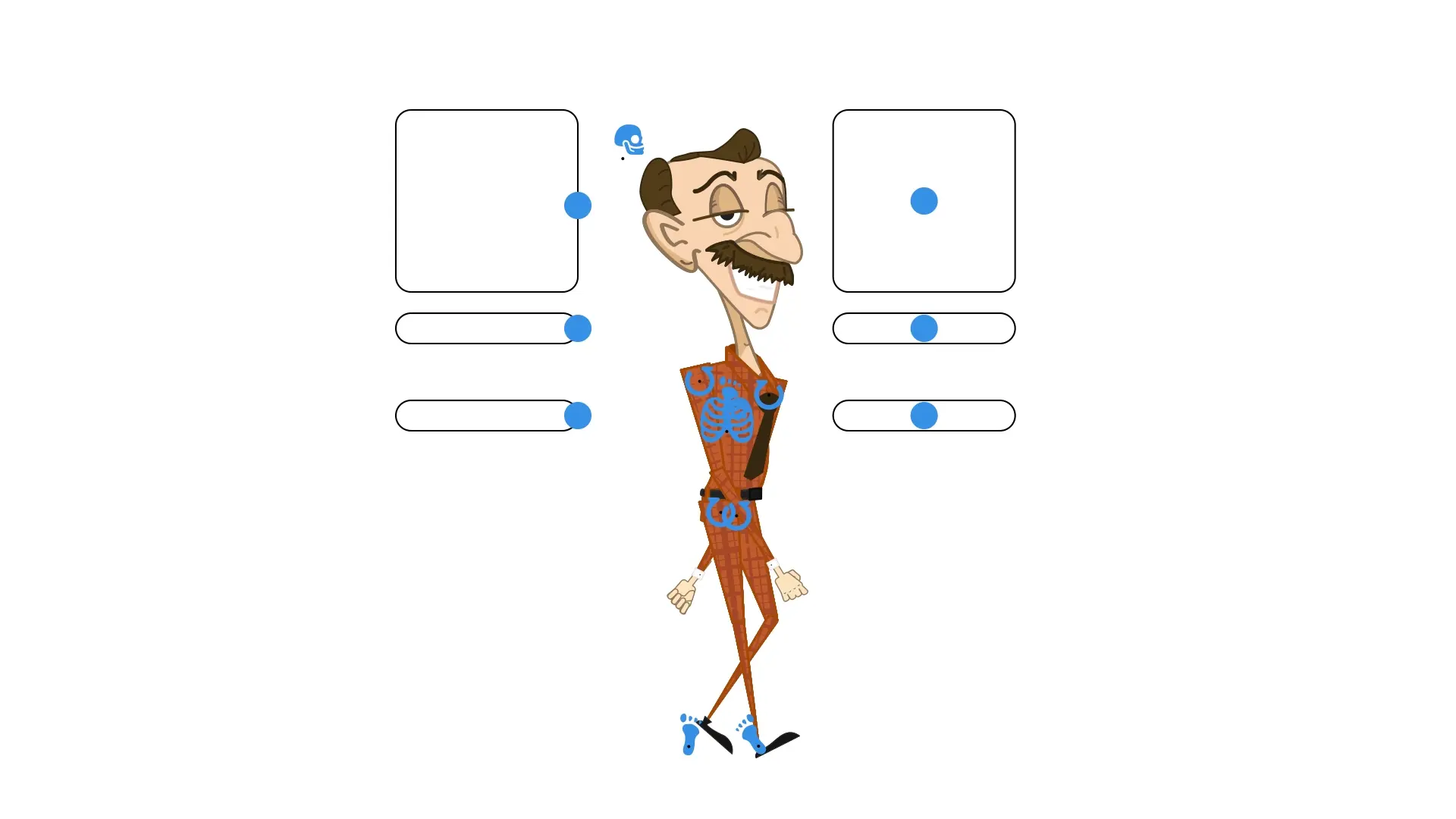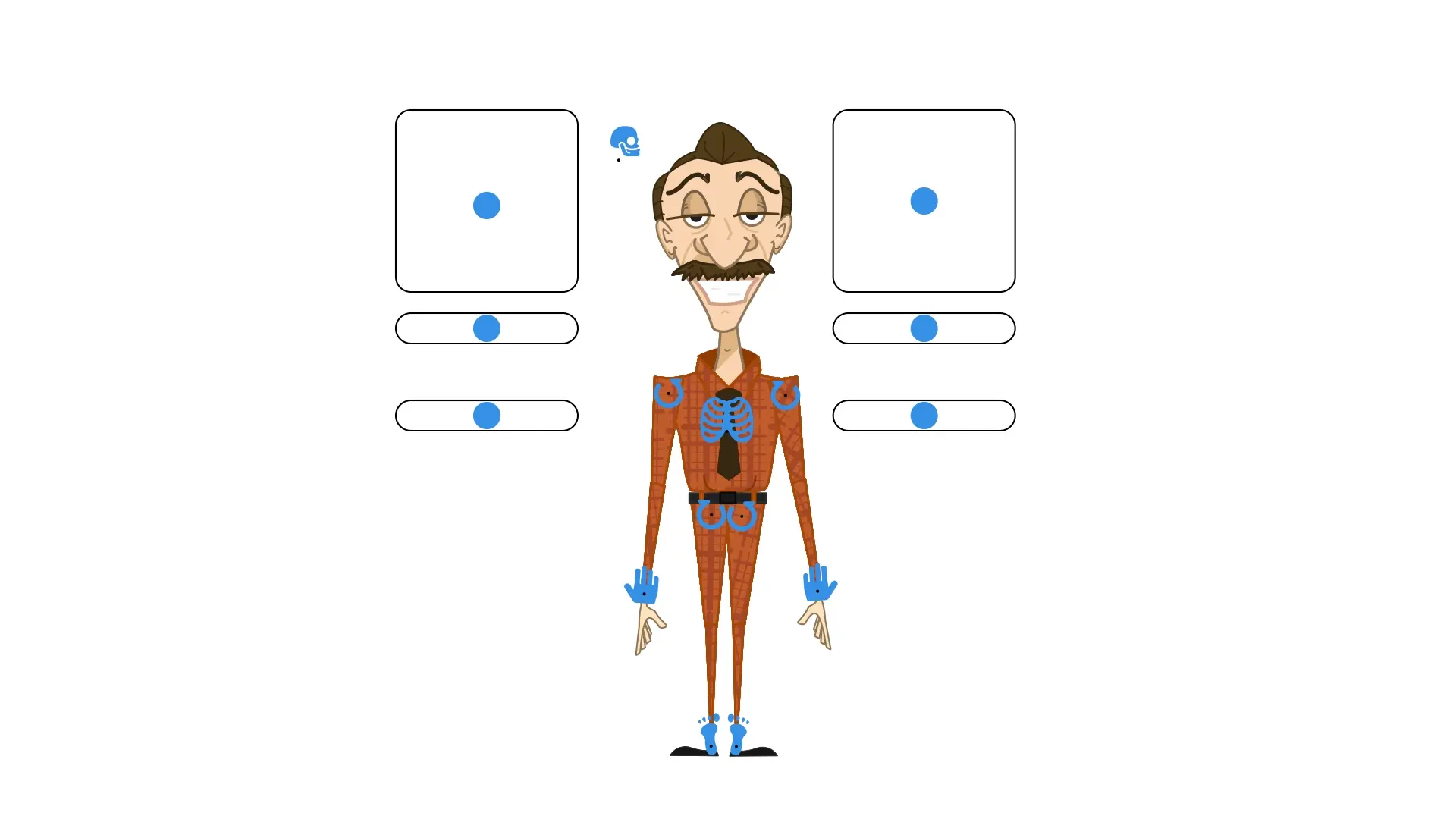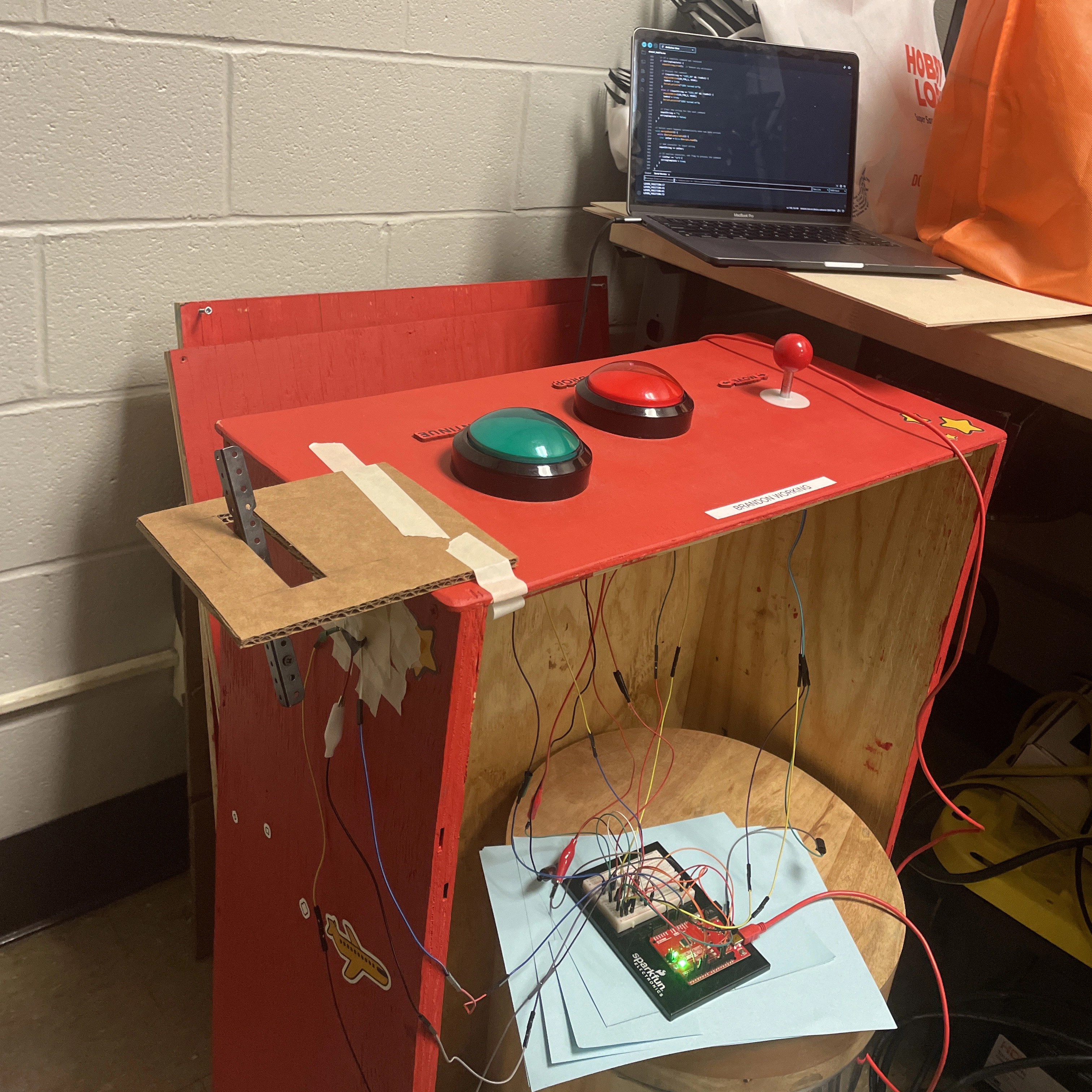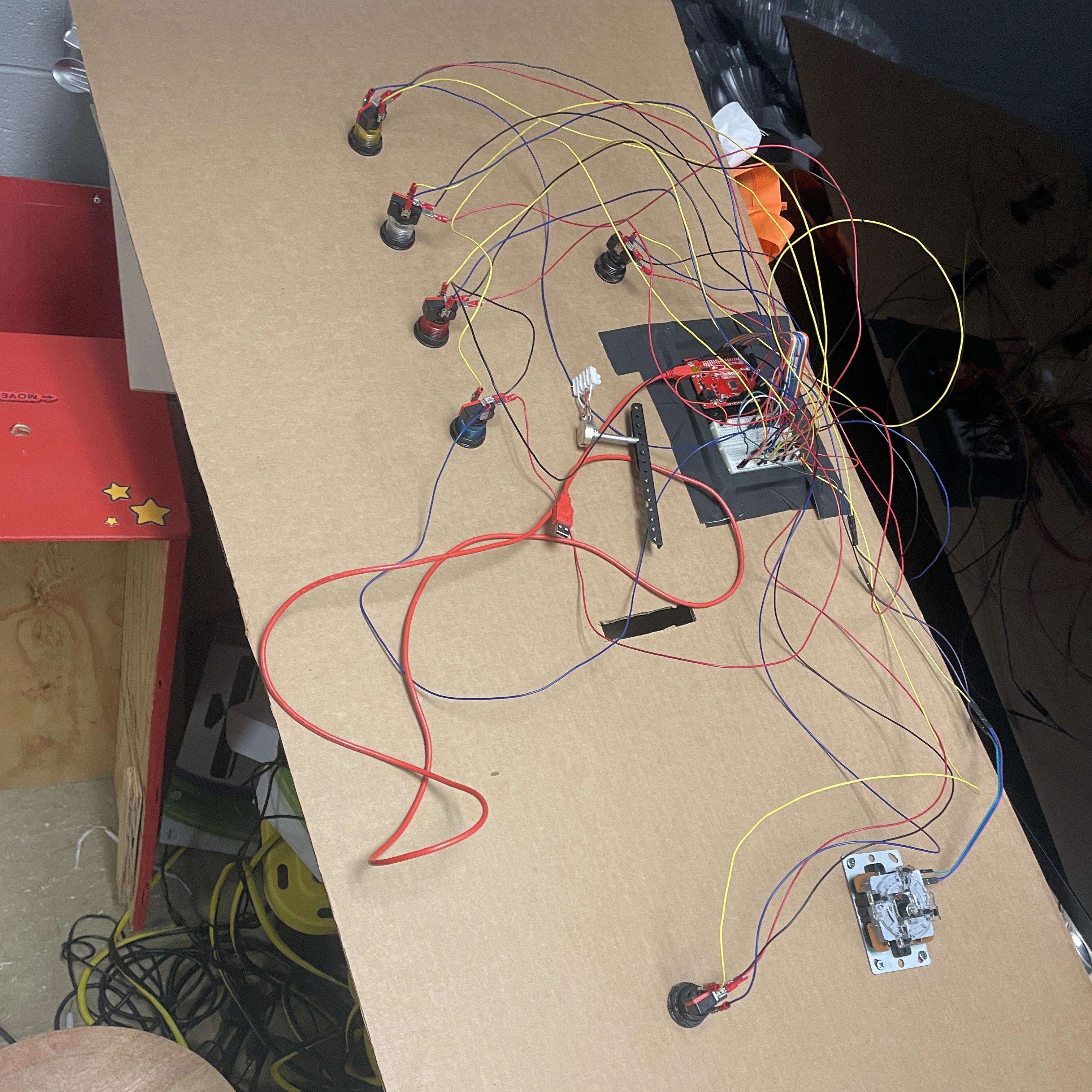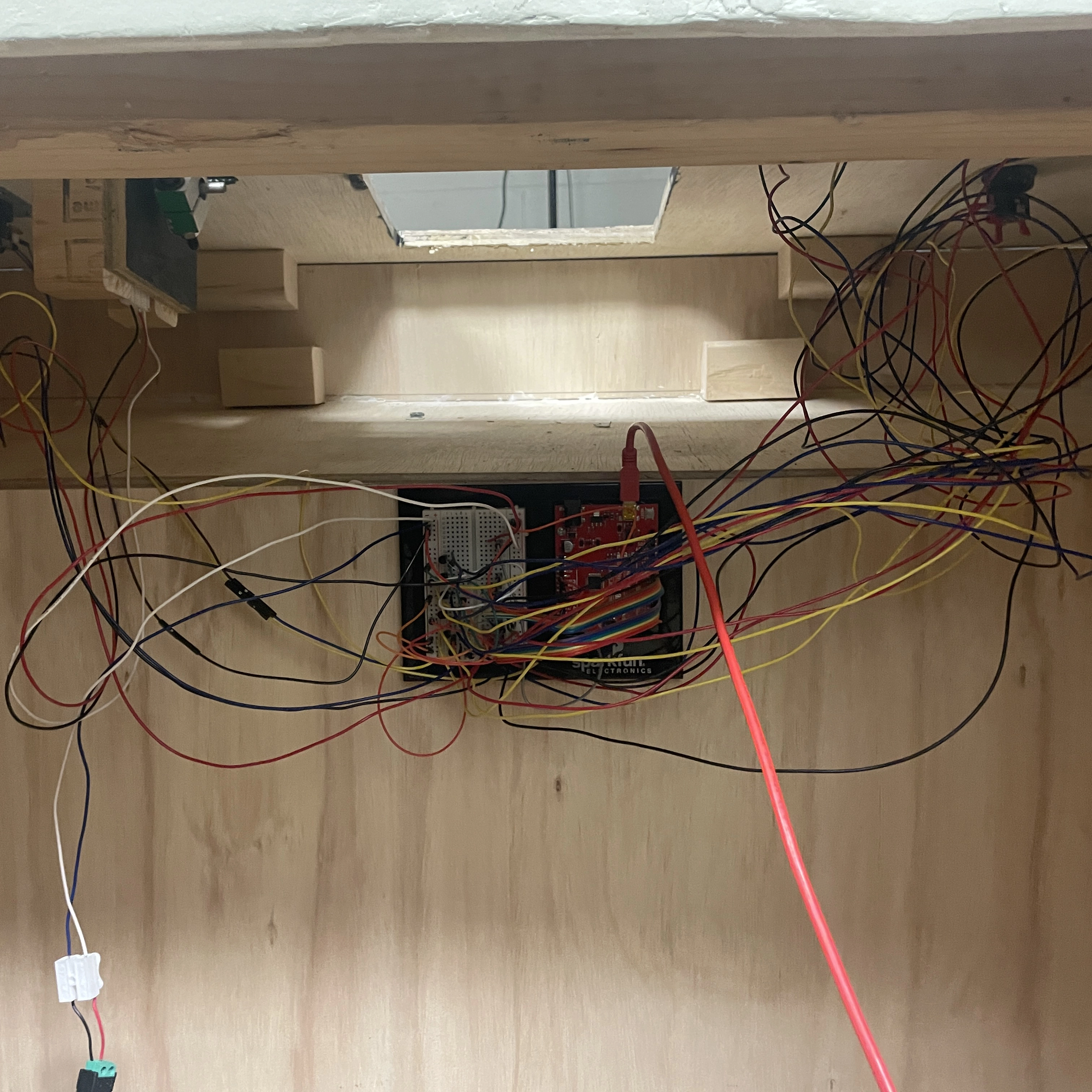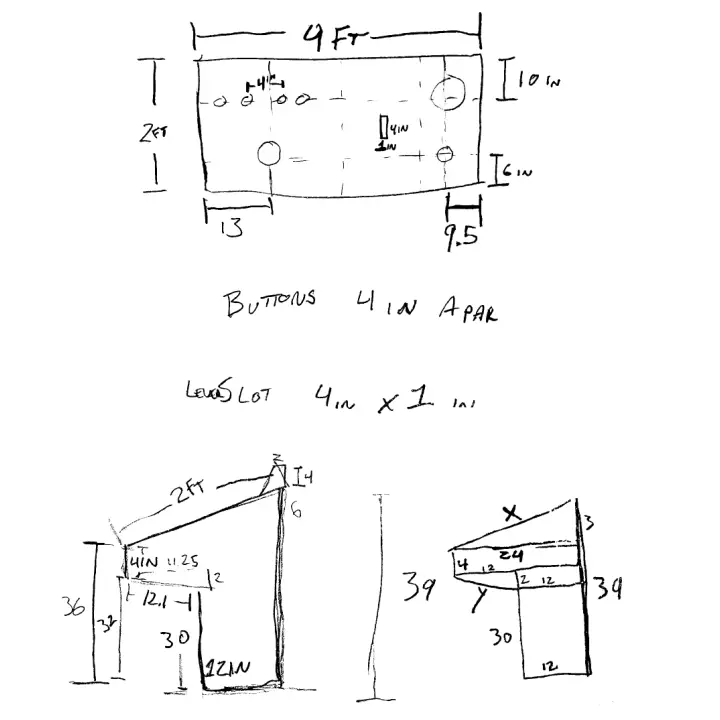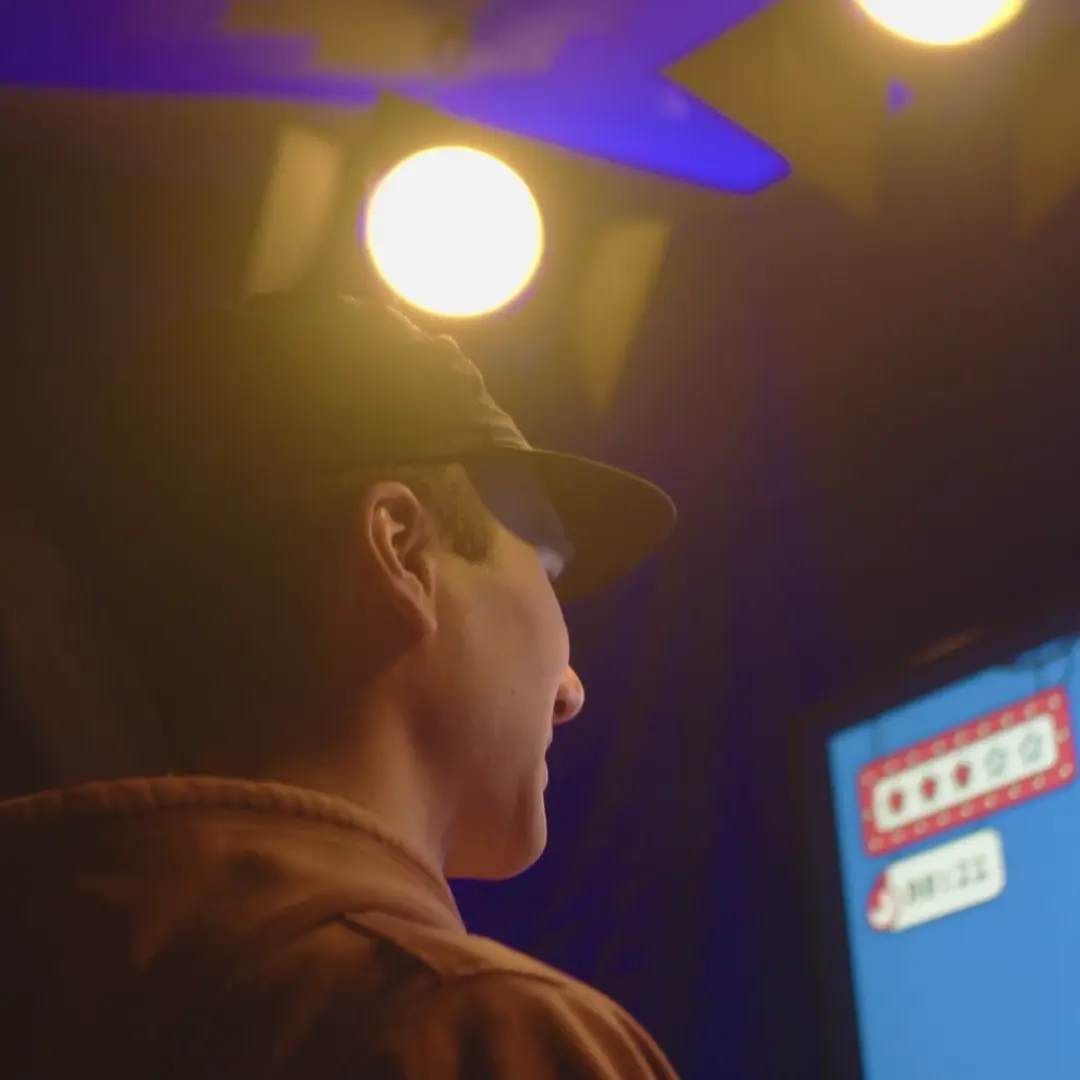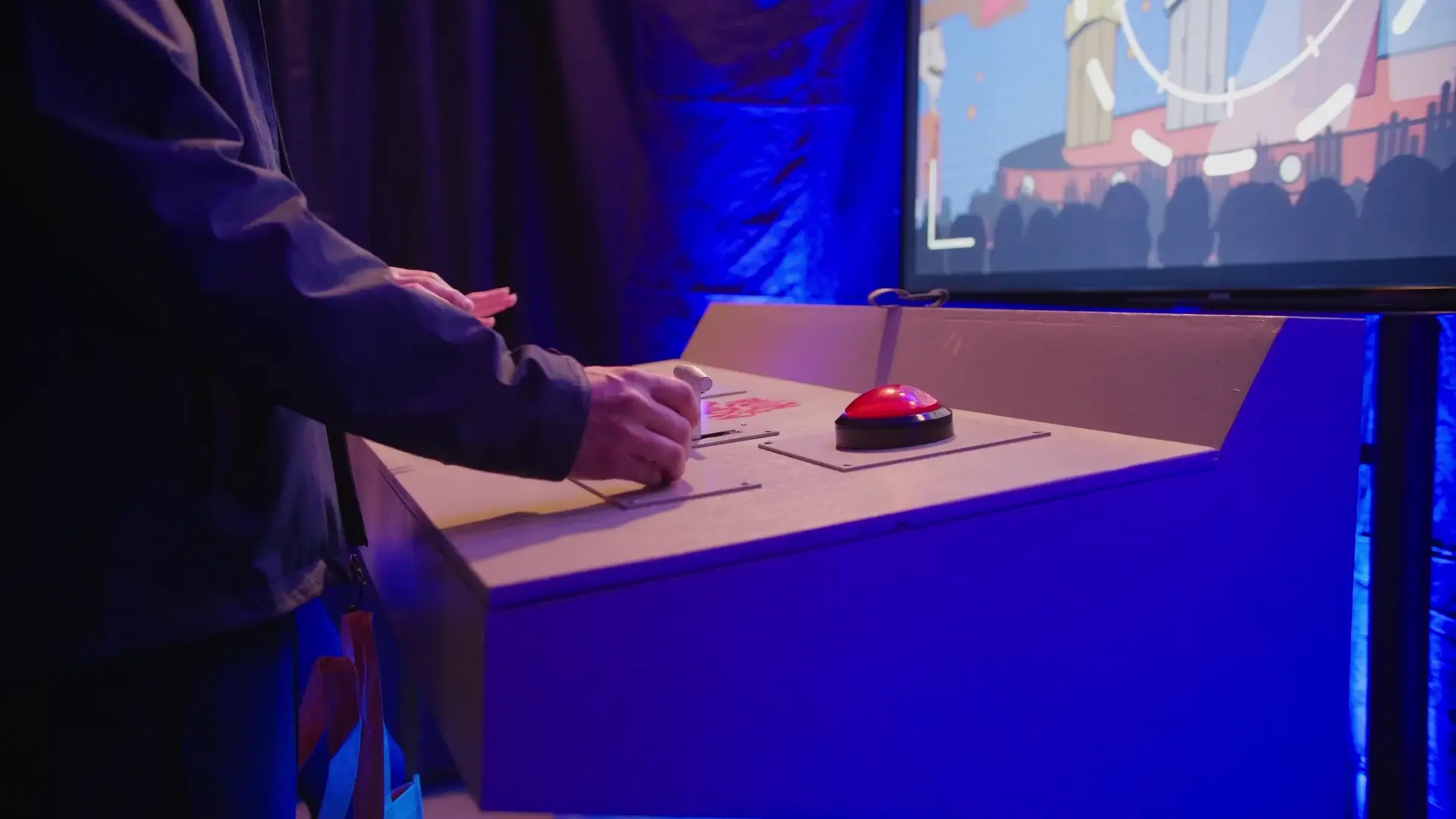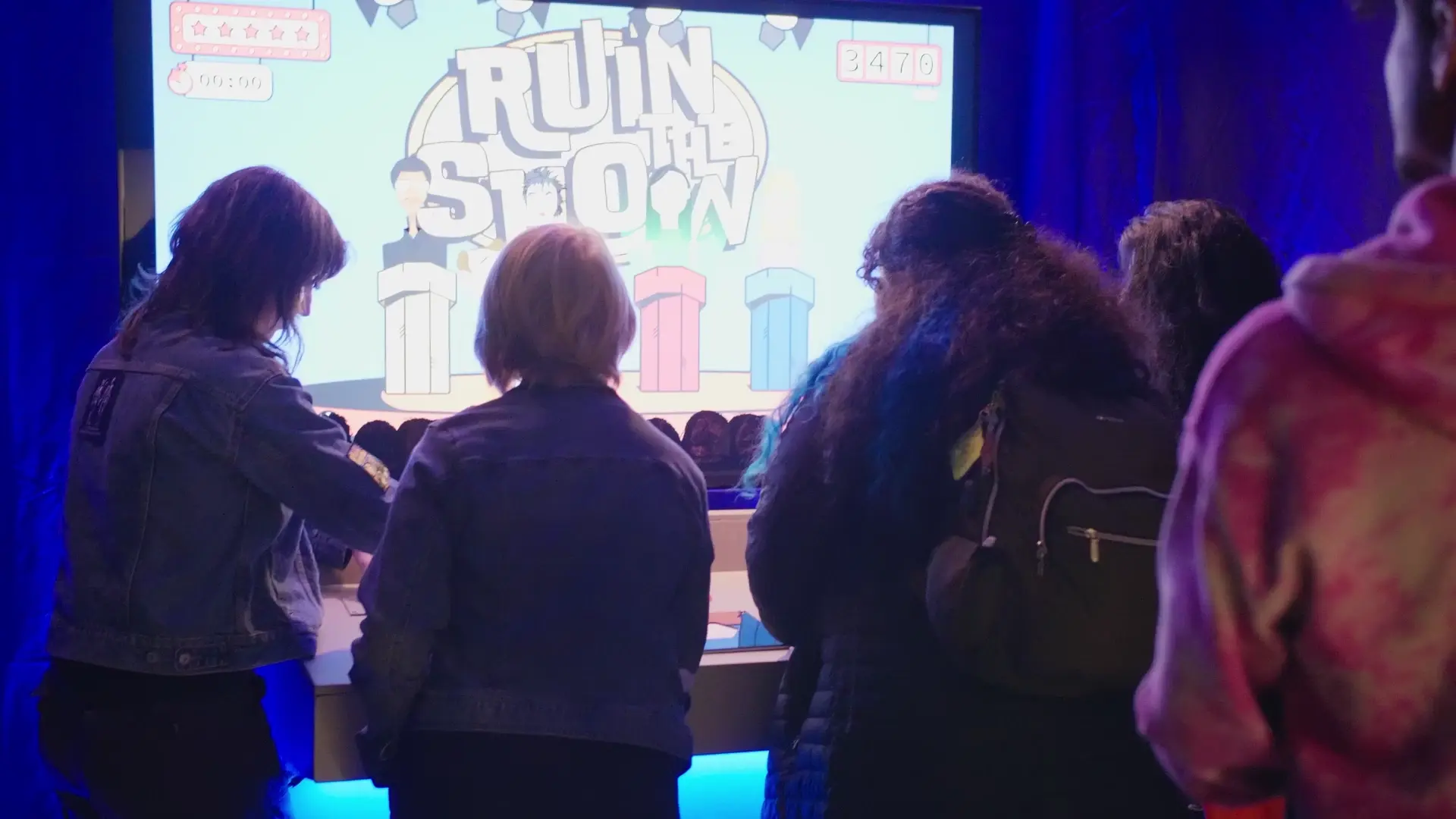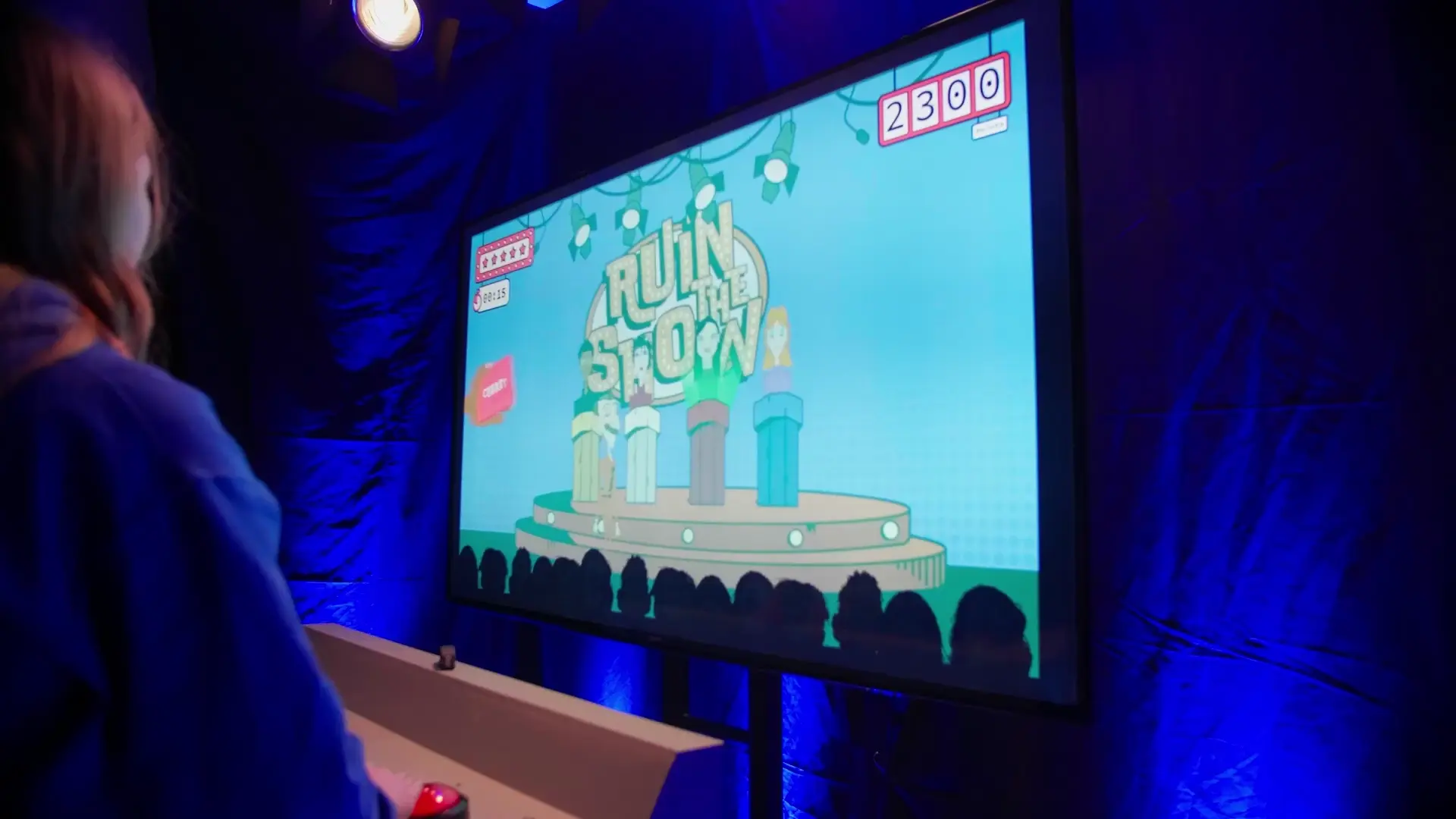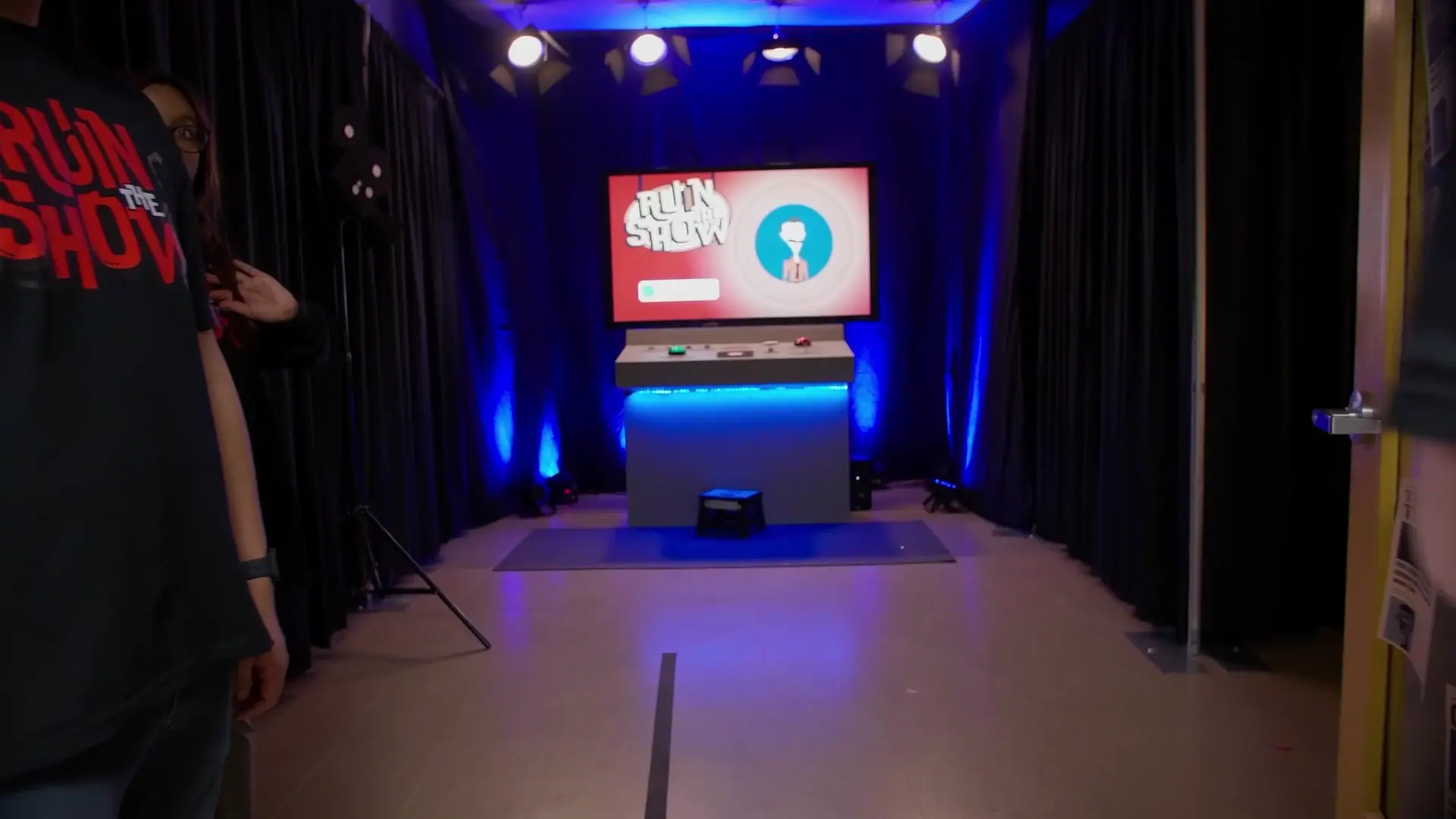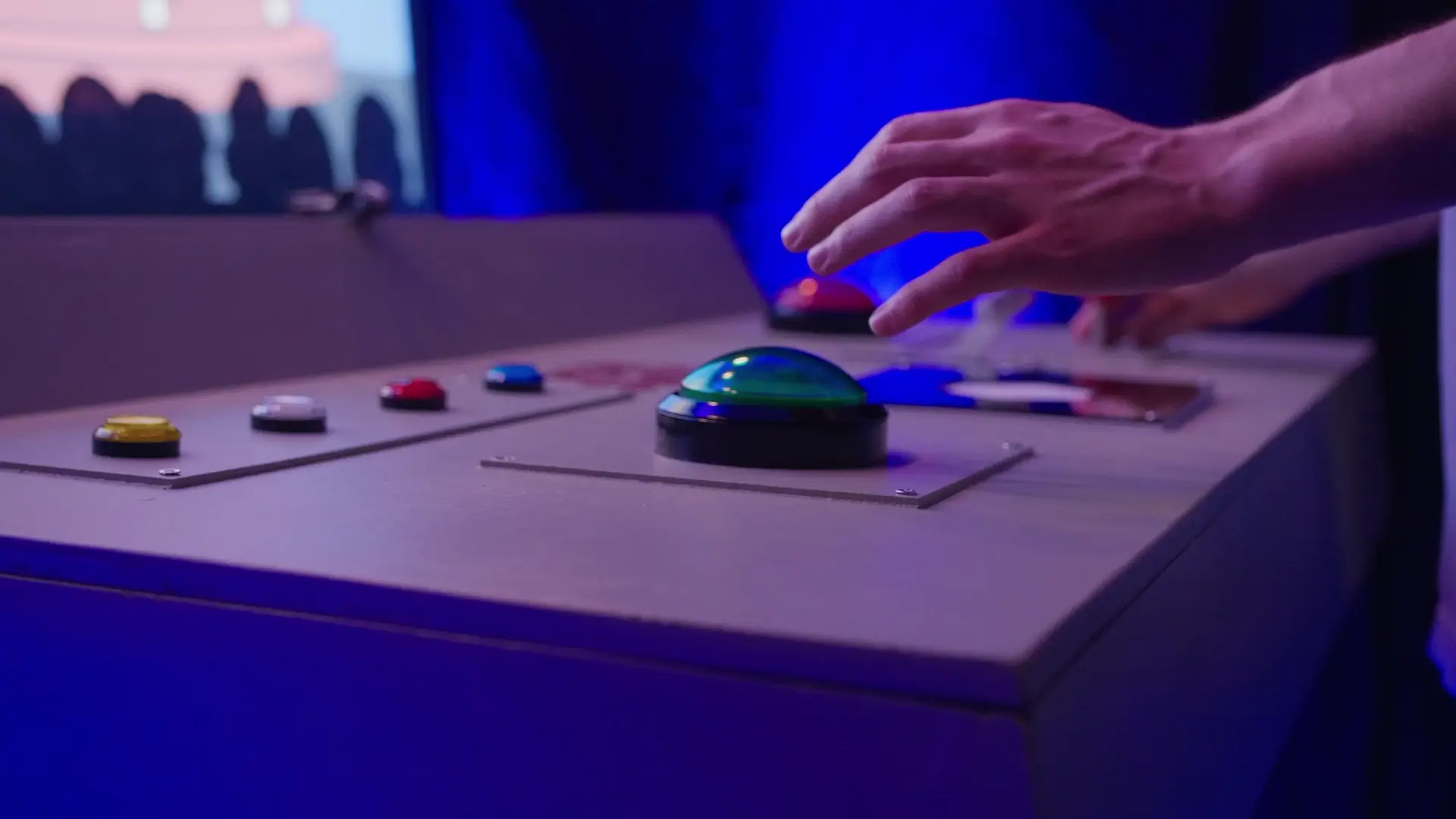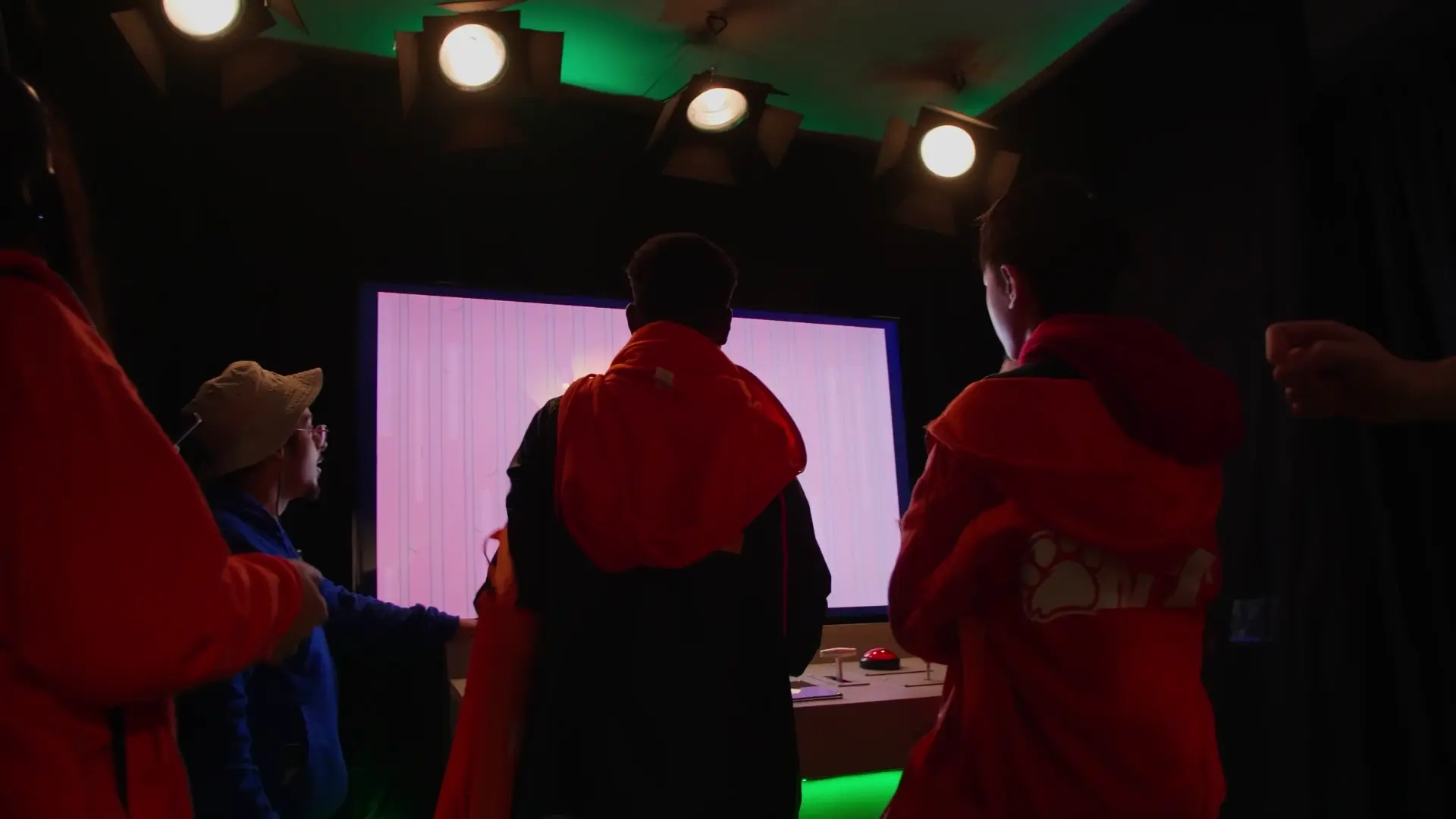We began with an ideation phase, pitching three distinct interactives inspired by different emotions and moments from game show history. Poser explored the irritation of watching others fail at simple tasks and feeling like you could do better. Hot Seat Sabotage captured the anxiety of being under the spotlight with multiplayer trivia sabotage. Ruin the Show drew from the 1950s quiz show scandals, putting players in the role of a behind-the-scenes producer. The museum selected Ruin the Show for full development due to its unique narrative perspective.
Immersive
Interactive
Installation
After Effects
Figma
Illustrator
Arduino
Claude

